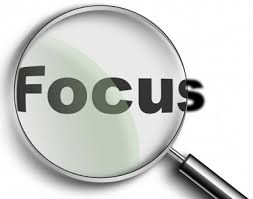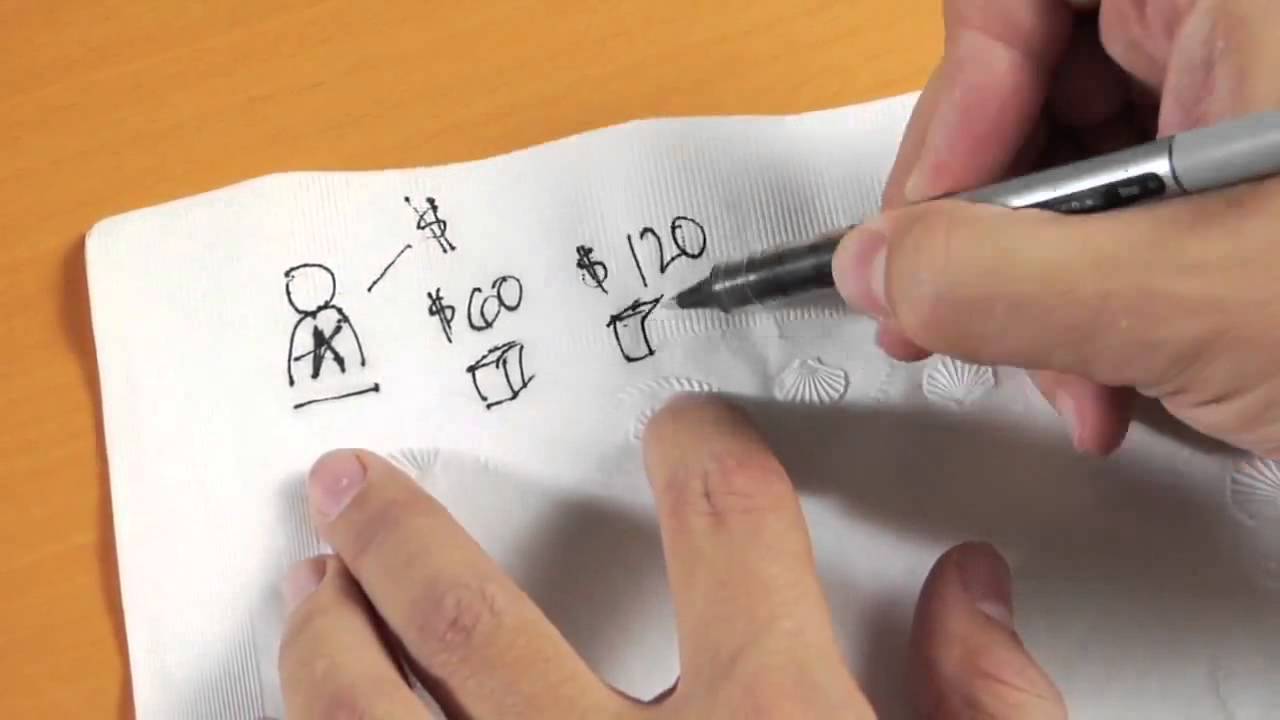
We are often asked for a startup list for a new MGO, to answer the question: “what should a MGO focus on, when starting with a new organization, or starting a new major gifts program?”
Either situation is really the same – a new MGO to an existing program or a MGO starting up a new program. The only difference might be that in the startup of a new program, the MGO has to deal with the burden of the authority figures expecting way too much production way too soon. On this point, Jeff and I have to (repeatedly) tell managers that a new MGO will take about eight months to get fully functional. It takes time.
If you are in either of these situations, or if you are a manager that is onboarding a new MGO or starting a new major gift program, here are four steps we believe you should follow:
Start with the donor assets. This is a careful look at the donors you currently have on your active donor file. They are the economic engine for the work you as a MGO will be doing. Their past giving informs you of the potential you have for the future. There is no other logical place to start but to answer the question: “Who do I have to work with in this major gift job?” If you don’t know the answer to that question, you will be lost right from the start.
Jeff and I regularly see managers who want to start a major gift program – and they start everywhere else but here. Or they say, “we need to add more MGOs to our existing program.” We ask: “have you looked at the donor file to guide your thinking and planning on this?” No, they haven’t. And I am left wondering about the logic of their angst. How do they even know that they need to do anything in major gifts, having not started with the economic basis for the program? It would be like setting out to build a whole retail store in a neighborhood without first calculating if there are any potential customers who live there. Crazy.
So this whole thing of starting with the donor assets is about determining if there is economic justification to add a MGO or start a major gift program. This point applies in two areas. First, management should ask this question before they even add a MGO or start a major gift program. Secondly, the new MGO should also start here. Looking at the list of donors, tiering them according to current and potential value, and creating a plan to qualify and manage them. Start with the donors.
Get familiar with the product. If you don’t know what your organization does and why it does it, you will not succeed in major gifts. It just will not happen. If you are new to the organization everyone, including management, will be pulling you here and there to sit in this meeting or learn that system, etc.
I was recently with a new hire who was buried with all the information he had been given. I felt so sorry for him. His manager was loading him up with mostly irrelevant information about how the department works, how the politics work and even some useless information on how the events would tie into his major gift work. Nowhere did I hear anything about diving deep into the programs of the organization.
To a MGO, program is king. It is the fuel that drives the major gift engine. Nothing else does. That is why the new MGO needs to get immersed in it. And I mean a deep immersion. You need to know the product before you can sell it. We suggest that a new MGO should spend at least the first month or two just being IN the program. This suggestion drives managers nuts because “shouldn’t they be out there talking to donors?” No, they are not ready to talk to donors!
Find out how the back office works. One of the key failures of major gift programs is not thanking the donor properly and telling her that her gift made a difference. This is a back office failure. The receipt goes out late, if it goes out at all. The accompanying letter has nothing to do with what the donor gave to. There are inserts in the receipt package that are useless and irrelevant. The data are not captured and stored properly. And so on and so forth.
You need to know how the back office works as it relates your major donor. Sit with I.T., finance or donor care and understand what happens when a donor gives – how it happens, when it happens, etc. Go through the whole thing so you absolutely know what happens and how long it takes. Experience it, so you know how your donor feels on the back end. And if it is not right, correct it. You need to know clearly how the support system for your donor transaction and relationship works.
Now get to all the other stuff. The “other stuff” is no small thing, I know. It’s the donor qualifying, setting goals by donor, planning by donor, etc. But that comes after the first three points above. If you don’t get those points correct, right from the start, you will be lost and wandering in your major gift job.
It is important to start right in a major gift program and/or as a new MGO. And starting with donors, program and back office familiarization is the key. Everything else, while important, is a distraction.
Richard







0 Comments